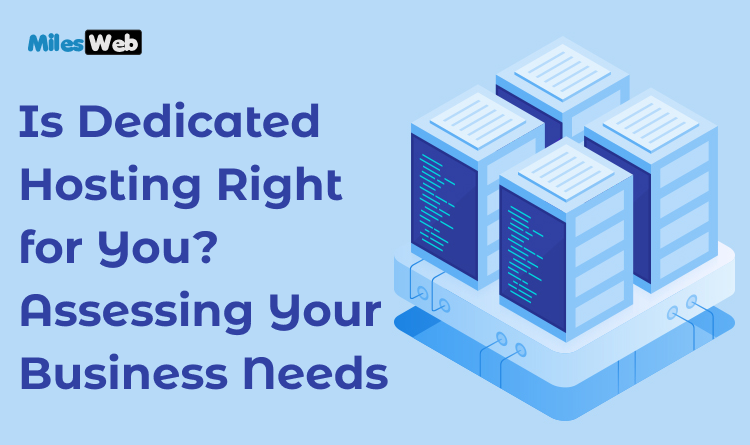
Creating a sales pipeline that can grow with your business is one of the most important things you can do for your business. If you want to create a sales pipeline that will work well for you, then you need to understand some things, and one thing to know is how to build one.
Knowing how you can effortlessly create your sales pipeline will be vital. But it will be even better to know how you can create a sales pipeline that will grow with your business. This article will explore the various steps you can follow to create such a sales pipeline.
Here is everything you should know about creating your sales pipeline.
What Is A Sales Pipeline?
A good background understanding of what we mean by a sales pipeline will be vital before we go deeper into this post. So, what is a sales pipeline? Well, it is a visual representation of the entire journey and process of a lead coming into a business until it turns into a customer.
If you run a business, the customer journey should be on top of what you need to know. It will help you make the right decisions, especially concerning customer-related things. For instance, it will be easier to ensure that you tailor various solutions to meet customer needs.
Understanding the Sales Pipeline Stages
There are different stages of the sales pipeline that you need to know. This section will explore them and also indicate what each of them means. That will make it easy to create a sales pipeline for business and streamline the various processes that matter.
Here are the six stages of a typical sales pipeline:
- Prospecting: This initial step includes things like customer and market research. It also focuses on lead generation and finding the best prospect before starting any engagements.
- Qualification: The sales pipeline process also includes gathering information about your prospects. You can use this information to qualify prospects and pick the best of them all.
- Consideration: This phase entails showing prospects that you have what it takes to solve their problems. You can do this by engaging them and building a solid relationship.
- Decision: Once the prospect has trusted you, they will want to try your product. This helps them decide whether to engage you further. Try checking the feedback to learn the decision.
- Closure: This is more of a legal step in the entire sales pipeline process. It entails you and the prospects signing an agreement, and payments are made as per the agreement.
- Post-sales service: You also need to ensure that you retain customers even after closing a deal. This happens in the post-sales service stage, where you do follow-ups.
All the stages mentioned above are important to a business’s sales pipeline. If you run a business, then you need to ensure none of them gets skipped. Your business will get the results it desires if you take the time to create a sales pipeline that meets the highest standards.
Steps for Building a Sales Pipeline for Your Business

You can follow many steps when looking to create your sales pipeline. It will be vital to ensure that you follow the right steps when looking to do this. But then, the main point will be to ensure that you keep it simple all the way until you get good results.
Here are some of the steps you can follow:
-
Build Your Ideal Customer Profile
Building your ideal customer profile is vital when starting to create a sales pipeline. You need to be sure that all the effort put into the various sales lead stages bears fruit. And the best way to do that is by segmenting your customers, knowing their needs, and meeting them.
-
Create A Prospect List
You also need to create a list of your high-potential clients. You should know who is most likely going to make a purchase from your business. That will help you know where to put most of your effort. The aim should be to ensure that you get more conversions at scale.
-
Start Reaching Out To Prospects
It’s now time for outreach since you already have a list of prospects. You should start engaging them using different techniques. You can cold call, email, or use any other approach that will get you a response. You should introduce them to your product or service.
-
Schedule a Meeting
You can also consider scheduling a short meeting with your customers. During the meeting, you should provide them with free trials of your products or services. This will make it easy to ensure they have more confidence in you and can trust your business.
-
Close the Deal
The next step is to close the deal with the customer if they are satisfied with your product or service. It will also help to sign a contract that will make everything legal. You can then deliver to meet their needs. Also, it will help to follow up on their feedback and ensure they are happy.
Best Practices for Managing Sales Pipelines
It will also help to know some of the best practices for managing sales pipelines. This section will look at some of the most important. You need to ensure that you are sticking to them if you want to get the best results from your business.
Here are some of these best practices:
- Reach out to your prospect, a decision maker, if it is a company.
- Ensure that you score your leads.
- Start engaging your leads through email.
- Keep your prospect list updated.
- Simplify your business’s sales process.
- Evaluate your sales pipeline process.
Conclusion
This article has examined everything you should know about creating a sales pipeline. It has defined a sales pipeline and even provided the various steps for building one. Now you know how you can go about it to ensure that your business grows to reach the desired level.
Besides, we have provided the best practices for managing sales pipelines. Creating a sales pipeline and failing to manage it well won’t bring you the results you desire. It will help invest in every sales pipeline stage to ensure all the processes are streamlined.
FAQs
- What do you need to build a sales pipeline?
You need a list of prospects and an ideal customer profile to get started with it.
- How do sales pipelines work?
They work as a funnel, in that a customer moves from one stage of the sales process to another.
- How do you keep your sales pipeline on track?
You need to set objectives at each stage and let your team know them plus the actions they must take and when to take them.





